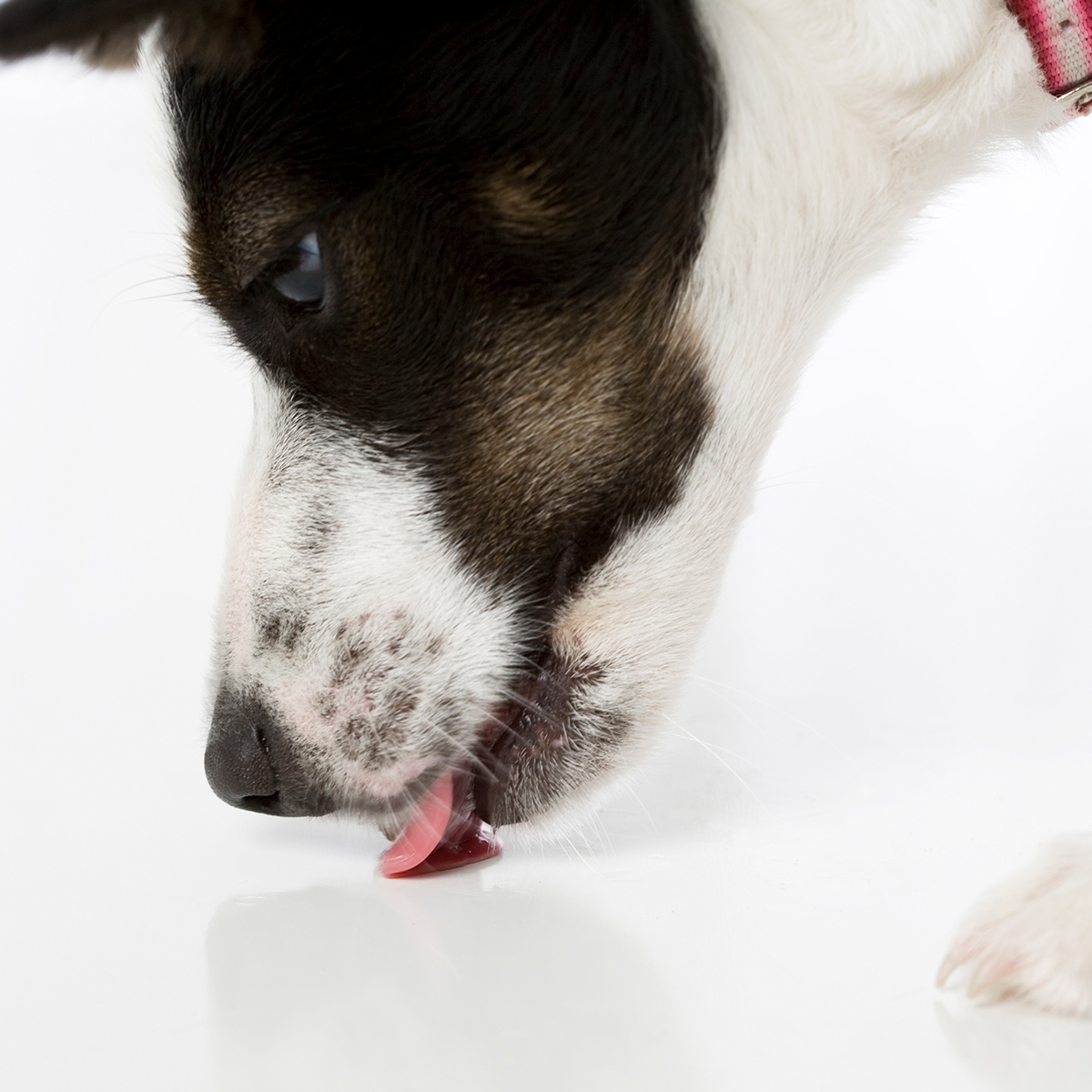Antifreeze Is Deadly to Cats and Dogs
Even in the south, we prepare for winter. Sweaters are brought out, firewood is stacked and our vehicles are winterized – Including changing the antifreeze. Such preparations sometimes lead to ethylene glycol poisoning, which effects over 10,000 dogs and cats a year and is the most common form of pet poisoning in the United States.
Effects of Antifreeze on Dogs and Cats
Ethylene glycol is the primary ingredient in antifreeze, making up 95 to 97 percent of the product. A tiny amount of antifreeze is enough to cause pets to become dangerously ill. Only a teaspoon or two will poison a cat, while three tablespoons will poison a 15-pound dog. A dog only needs to ingest 2 to 3 milliliters of ethylene glycol per pound of body weight to get a lethal dose of the toxin; cats only need to ingest 0.64 milliliters for the same effect.
Dr. Hotchkiss says that what makes ethylene glycol such a dangerous and common form of poisoning is that the toxin’s sweet smell and taste appeals to an animal’s sweet tooth.
“Dogs and cats are attracted to sweetness because sweetness suggests that a food has a lot of energy,” Dr. Hotchkiss explains. Dogs and cats will ingest large quantities of antifreeze to take advantage of what they perceive to be a good source of energy.
When looking for clinical signs of ethylene glycol poisoning, Dr. Hotchkiss advises pet owners that the toxin has an immediate and a long-term effect on the body, and that the symptoms of each depend on how long it has been since the pet drank the antifreeze as well as the amount they drank.
Signs Your Pet Has Ingested Ethylene Glycol
Antifreeze is rapidly absorbed and metabolized once it has been consumed. Thirty minutes after drinking antifreeze, a pet can appear to be drunken or wobbly, a condition known as ataxia. Pets may also drink excessive amounts of water and urinate more frequently. The toxin can also irritate the stomach lining, causing the dog or cat to vomit.
Within three hours of ingestion, the level of ethylene glycol in a dog or cat’s blood has usually reached its peak.
Don’t Be Fooled by Seeming Recovery
“Eventually, the drunken, ataxic behavior lessens,” says Dr. Hotchkiss, “and the pet appears to be recovering.”
However, this stage is the biological equivalent of fool’s gold, because at this point, the ethylene glycol will begin to damage the pet’s kidneys.
Preventing the patient from metabolizing ethylene glycol is essential to effectively treating antifreeze poisoning. When the liver and kidneys process ethylene glycol, the toxin is broken down into three individual toxins: glycolic acid, formic acid and oxalate. The resulting toxins then cause severe kidney damage, resulting in a condition known as uremia, in which the kidneys can no longer remove waste from the dog or cat’s body. They may become lethargic and dehydrated or may develop diarrhea, mouth ulcers, rapid breathing and seizures.
“Once the kidneys are damaged to the extent that the dog or cat develops uremia,” Dr. Hotchkiss explains, “there is no good treatment for antifreeze poisoning.”
Treatment for Antifreeze Poisoning
When Dr. Hotchkiss suspects that one of his patients has been poisoned by antifreeze, the first step is to do a blood test to confirm the presence of the poison in the patient’s blood stream.
“In about 15 minutes, we know whether the pet is positive or negative for ethylene glycol,” he explains. “Because the poison is a type of alcohol, it is absorbed very quickly. Speed is the key to treating antifreeze poisoning.”
The best treatment for ethylene glycol poisoning requires a great deal of TLC, keeping the patient pain-free and comfortable while administering an antidote and fluids, and monitoring for kidney damage with blood tests. Since our team is always here, we can observe subtle changes and improvements in the pet’s health all day and night.
How to Prevent Antifreeze Poisoning
Dr. Hotchkiss stresses that the best treatment for ethylene glycol poisoning is prevention and offers the following tips for keeping your baby safe:
- Store antifreeze in sealed, clearly marked containers, out of the reach of children and pets.
- Regularly check your vehicle(s) for antifreeze leaks.
- Clean up any antifreeze spills immediately and dispose of any antifreeze-contaminated rags or paper towels in a sealed container.
- Switch to a brand of antifreeze that contains propylene glycol instead of ethylene glycol. Propylene glycol is not as toxic as ethylene glycol.
- Never allow pets access to the area when draining radiator fluid from a vehicle.
- Do not allow pets to drink out of or walk through puddles, as water runoff may contain antifreeze from other vehicles.
- If your pet may have walked through antifreeze, wash the pet’s paws when finished with the walk.


